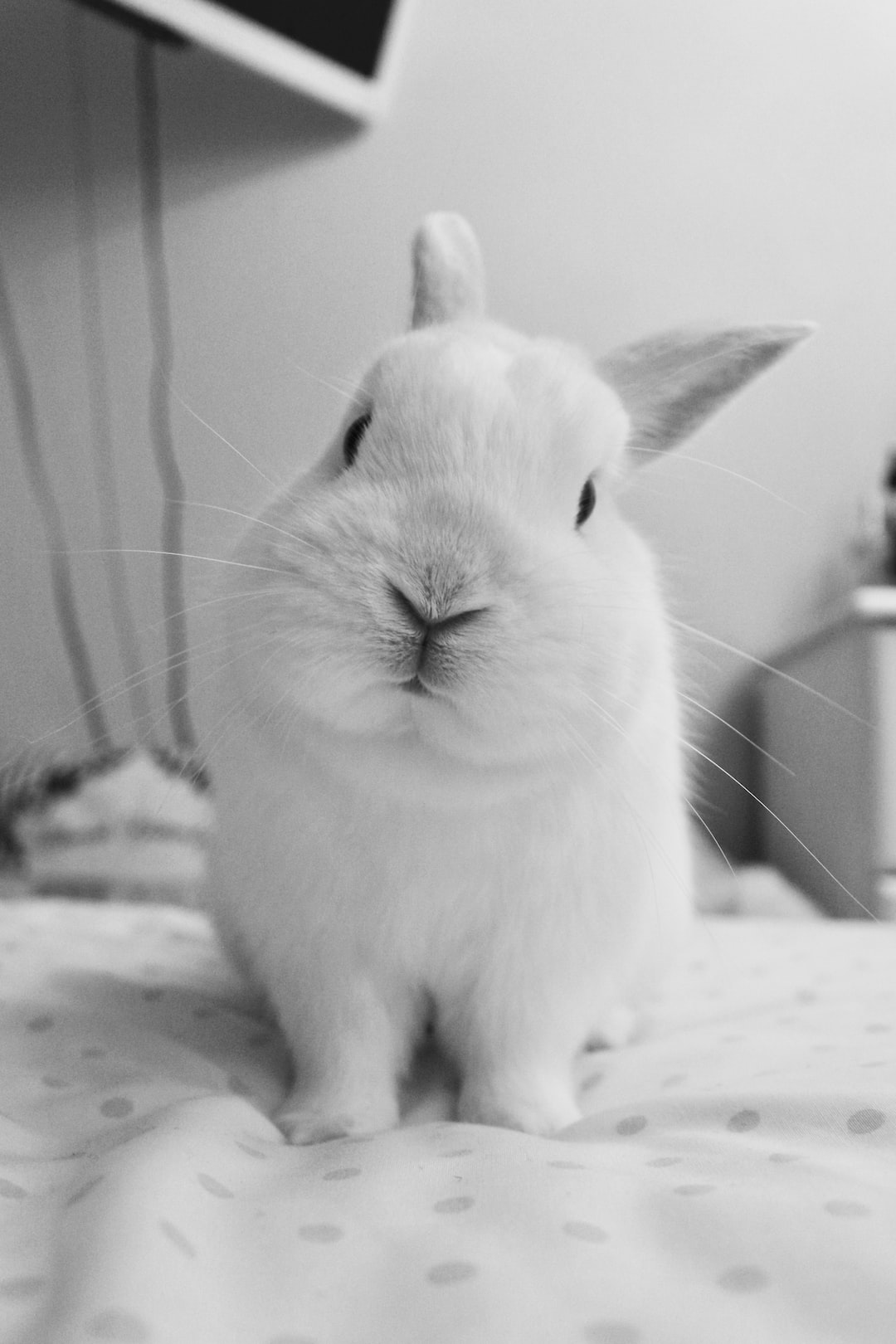Common Pet Allergies and How to Manage Them
Our furry friends bring us so much joy and companionship, but for some people, keeping a pet can be a challenging endeavor due to pet allergies. Pet allergies are very common and can cause a range of uncomfortable symptoms in humans. However, with proper management and care, you can still enjoy the companionship of a pet without suffering from allergies. In this blog post, we will explore some of the most common pet allergies and offer tips on how to manage them effectively.
1. Allergies to Pet Dander:
Pet dander, or tiny skin flakes shed by animals, is one of the main triggers for allergies. This can be a major problem for people who are sensitive to these particles. If you or a family member have a pet dander allergy, there are several measures you can take to minimize exposure. Regularly vacuum and dust your home, particularly areas where your pet spends a lot of time. Consider investing in a HEPA-filtered air purifier to help remove pet dander from the air. Regular grooming and bathing of your pet can also help reduce dander levels and minimize allergic reactions.
2. Allergies to Pet Saliva:
Pet saliva is another common allergen that can cause itching, hives, or respiratory issues in susceptible individuals. When pets groom themselves, their saliva can become airborne and trigger allergic reactions. To manage this type of allergy, it is crucial to keep your pet’s living space clean. Regularly clean and wash their bedding to remove saliva residue. Also, discourage your pet from licking your face or any open wounds, as saliva can directly come into contact with your skin, causing an allergic reaction. Wash your hands thoroughly after playing or petting your furry friend to rinse off any potential allergens.
3. Allergies to Pet Urine:
Some individuals may experience allergic reactions to pet urine. This is more common in people with asthma or who are prone to respiratory issues. If this is the case, it is essential to keep your pet’s living area clean and to promptly clean up any accidents. Use enzyme-based cleaners specifically designed to eliminate pet urine stains and odors. Adequate ventilation is also important to prevent urine particles from becoming airborne and triggering allergies. Consider using an air purifier or opening windows to improve indoor air quality.
4. Allergies to Pet Fur:
While some people believe they are allergic to pet fur, the truth is that it is usually not the fur itself that causes allergies but rather the allergens that attach themselves to the fur. These allergens can include pet dander, saliva, urine, and even pollen or dust mites that can accumulate on the fur. Regular brushing and bathing of your pet can help reduce the allergen load on their fur. Additionally, maintaining a clean living environment and minimizing exposure to other allergens can alleviate symptoms associated with pet fur allergies.
5. Allergies to Pet Litter:
For those who own cats, allergies to cat litter can be a concern. Dust, fragrances, and chemical additives in cat litter can trigger allergic reactions in humans. Opt for unscented and low-dust cat litters to minimize potential irritants. Wear gloves and a mask when handling cat litter and make sure the litter box is cleaned frequently to reduce the accumulation of allergens.
In conclusion, pet allergies are common, but with proper management, you can still enjoy the company of a pet without suffering uncomfortable symptoms. Regular cleaning, grooming, and maintaining a clean living environment are essential steps in managing pet allergies effectively. However, if you or a family member continue to experience severe allergy symptoms despite these efforts, consult an allergist for a proper diagnosis and personalized advice. Remember, it is possible to find harmony between pets and allergies with the right precautions and care.


